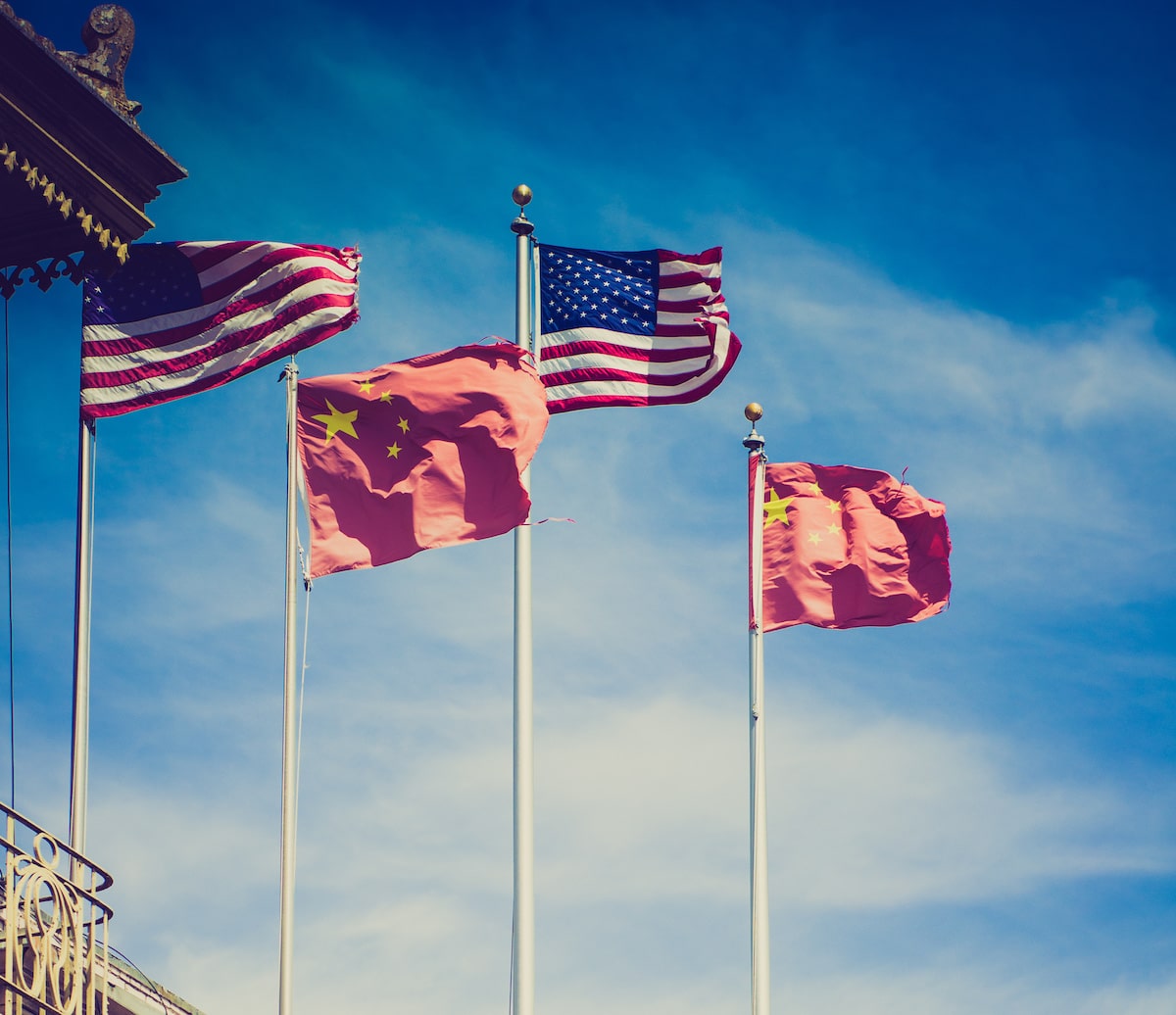The geopolitical tensions between China and the United States persisted in 2022. In the telecommunications sector, China has reportedly been ahead of other countries regarding 6G patents registered, with the US as runners-up. Reports indicate that China has surpassed 2 million 5G base stations, while the US had more than 100,000 by February, according to an S&P Global survey.
The lack of American competitiveness in telecommunications has not gone unnoticed. The Next G Alliance was launched back in 2020, aiming at strengthening 6G research and development in North America. Meanwhile, growing out of a congressional commanding commission, a group of experts launched the Special Competitive Studies Project (SCSP) in October 2021.
The bi-partisan initiative was established with one specific goal in sight: laying out a vision for America to organise itself for the “techno-economic” competition with China, as SCSP calls it.
“We have a focus on battleground technologies of advanced wireless networks like 5G and 6G, semiconductors, and artificial intelligence,” said Warren Wilson, Director for Economy at SCSP, during the 6GSymposium Fall 2022. “These are areas where we feel like America must lead and win in this global competition with China.”
According to him, both countries have strengths and weaknesses that should be recognised. “America has a lot of advantages, with the strong economy, capital markets, the best innovations ecosystem of the world,” he enumerated.
“But China is a motivated and capable competitor that has proven its ability to organise and deploy capital resources in a top-down way that has enabled the country to build up its manufacturing sector and compete in terms of emerging technologies,” Wilson pointed out.

One area where the United States is lagging and needs to catch up, in his opinion, is policy organisation for data and AI governance. “We can have great innovators, but it’s crucial that we put together a regulatory vision that promotes innovation, protects Americans, and also sets a template for other democratic countries in the world.”
Fighting Back
One of the first steps SCSP took was identifying the main challenges in the competition with China. In September 2022, the initiative released its first report outlining technology areas for the United States to involve more actively.
- Harness the new geometry of innovation: create a new public-private partnership model “that provides a focused strategy process for the United States to deploy in making informed judgments on national technology priorities and for creating action plans to accelerate the tech applications.”
- Restore the sources of “techno-economic” advantage: a techno-industrial strategy to counter China’s dominance in manufacturing and techno-economic advancement.
- An American Approach to AI Governance: finding an American governance model that encompasses AI, data, security, and others.
- Remake US global leadership in the age of tech competition: focus on the values of democracy versus authoritarianism to re-establish the United States as a leader.
- The Future of Conflict and the New Requirements of Defense: applying new technologies to strengthen the US military capabilities to counter-balance China’s military power.
- Intelligence in an age of data-driven competition: win the “race for actionable insight in an information-rich and geopolitically-competitive world.”
According to the initiative, the country does have enough resources to overcome the challenges. The challenge, according to Wilson, is organizing them towards meeting certain specific technology objectives, like leading in 5G or 6G technologies.
“Those are areas where we feel we have to position ourselves to get out ahead and win by 2025,” Wilson explained. “Looking further down the road, we are talking about biotechnology, advanced manufacturing, advanced energy systems.”
A US Business – or Kinda
Even though the report – and SCSP’s work – is heavily focussed on the United States competition with China specifically, Wilson urges other nations to join the American side.
“We’ve put forth an America-centric vision, but we don’t feel we can do this alone,” Wilson said. “We have to bring together democracies around what we call a DemTech alliance to build a common vision for technology governance, design, and implementation that harvest the benefits of innovation while also protecting people’s rights and freedom.”
That’s one aspect the report strongly emphasises. It warns that “most nations do not want to choose between the United States and the PRC [China] nor see their choices as part of a contest between democracy and autocracy,” which, according to the SCSP, would be a mistake. “No democratic nation – not even the United States – can win this competition on its own,” it reads.
It will not be an easy task indeed. As Wilson acknowledges, China has the ability to quickly mobilise resources, direct companies, and manipulate markets from a central location “in a way the US government cannot and probably should not.”
The country has already started looking into AI governance. In March 2022, the Chinese regulator Cyberspace Administration of China launched a platform for companies – like giant tech Alibaba – to register their algorithms for security assessment and further understanding of how they operate.
For SCSP, this seems to be the right time for the United States to act as well. “Looking out to 2025-2030, the competition over additional general purpose technologies, including biotechnology and new forms of energy generation, and areas where they converge like smart manufacturing, should be priorities requiring the United States to begin planning now,” the initiative observes in its report.
Featured image by Nan Palmero/Flickr







